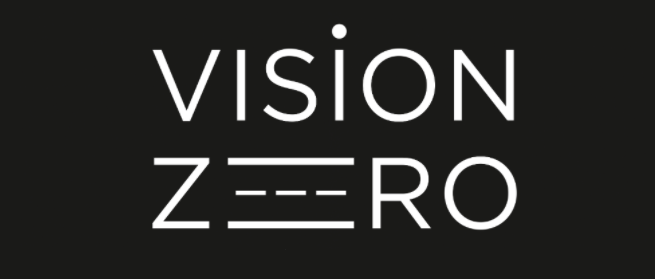
Alcohol testing as a reason for stopping a car by a police officer, raising fines for not using seat belts to 1,000 hryvnias, and conducting social marketing campaigns - such changes in the state traffic safety policy were proposed by experts and MPs during the roundtable "Drunk Driving and Ignoring Seat Belts as the Main Killers While Driving", which was held in the Transport Committee of the Verkhovna Rada with the support of the World Health Organization.

The participants stated that the high fines for drunk driving, introduced last year, did not produce the expected positive results, the phenomenon of drunk driving has not disappeared and its scale has not decreased. Therefore, according to the participants of the discussion, further changes in state policy are necessary, in particular, granting the police the authority to stop vehicles to check drivers for alcohol consumption in two ways: random breath tests and the so-called “sobriety checkpoints”.
“Such measures are in line with European practice and have a positive impact on deterring people from getting behind the wheel while intoxicated. We have also already made proposals for specific amendments to the Code of Administrative Offenses, in particular, increasing the period for considering cases of drunk driving to 6 months, giving the police the right to appeal court decisions, and prohibiting the closure of cases for insignificance in which the fine exceeds 1,700 hryvnias. And the fine for driving a car by persons who have previously been deprived of a driver's license should increase 10 times, to 5 thousand hryvnias. This applies primarily to those who were held accountable for drunk driving , ”said MP Mustafa Nayem .
MP of Ukraine Oleksandr Opanasenko proposed his concept of legislative changes regarding the fight against drunk driving. “It is necessary to confiscate the vehicle from those who have been repeatedly detained while driving drunk within three years. I understand that such a norm will be difficult to implement, but tough measures are needed to restore order ,” the MP believes. He also proposed increasing the norm of permissible blood alcohol content to 0.5 ppm, because he considers the current 0.2 to be low compared to European practices. The participants agreed on the need to at least differentiate the punishment depending on the level of alcohol in the blood, because it is unfair to impose the same punishment on a person with an alcohol content of 0.25 ppm and a driver with 2.5 ppm. Regarding seat belts, the Campaign “For Safe Roads” presented the results of recent research conducted in 20 cities of Ukraine.
“Our volunteers, using internationally recognized methodology, studied the behavior of about 26 thousand drivers in 20 cities. The average belt usage rate was 14.9%, and in many cities it is significantly lower than 10%,” said the campaign coordinator Olesya Kholopik .
To increase the level of seat belt usage, the event participants agreed on the need to increase the amount of the fine at least to the average cost of refueling a car, that is, to UAH 1,000. “The purpose of fines is not to punish people, but to deter them from dangerous behavior. The current fine is 51 UAH, which is the price of two liters of gasoline - it is simply a ridiculous amount. It does not deter participants from this behavior, but on the contrary, it sends a signal that the state considers this violation unimportant ,” noted Taras Shevchenko , director of the Center for Democracy and the Rule of Law. Experts also consider it necessary to conduct social marketing campaigns along with changes in legislation and the introduction of new police work methods. “Alcohol and seat belts are behavioral risk factors that depend on existing social norms. World experience shows that social norms can be influenced through well-thought-out and implemented campaigns that would combine educational activities, media coverage and changes in police work. Examples of successful campaigns are “Click it or Ticket” about seat belts in the USA and “Bob” about responsible drinking in Belgium, and Ukraine needs to learn from this,” noted Viktor Zagreba , head of the non-governmental organization “Vision Zero”.
MP Ihor Didenko , head of the subcommittee on road safety, noted that point changes in state policy are important, but no less important are systemic changes at the institutional level. “Ukraine needs to finally create a coordinating body for road safety, as well as approve a strong state strategy. These are international recommendations, world experience. We have been working on this for a long time, and we invite all participants to take a more active part in these processes ,” he said. The results of this round table will be published on the websites of public organizations for public discussion, after which they will be transformed into draft amendments to regulatory legal acts and submitted to parliament. The organizers hope that the changes will be adopted and come into effect by the end of 2017. According to data from the Safe Roads Campaign, obtained from the Ministry of Health, 4,809 people died and 54,950 were injured in road accidents on Ukraine's roads in 2016, excluding territories temporarily outside the control of the Ukrainian government. Ukraine has one of the worst safety records on the European continent.


